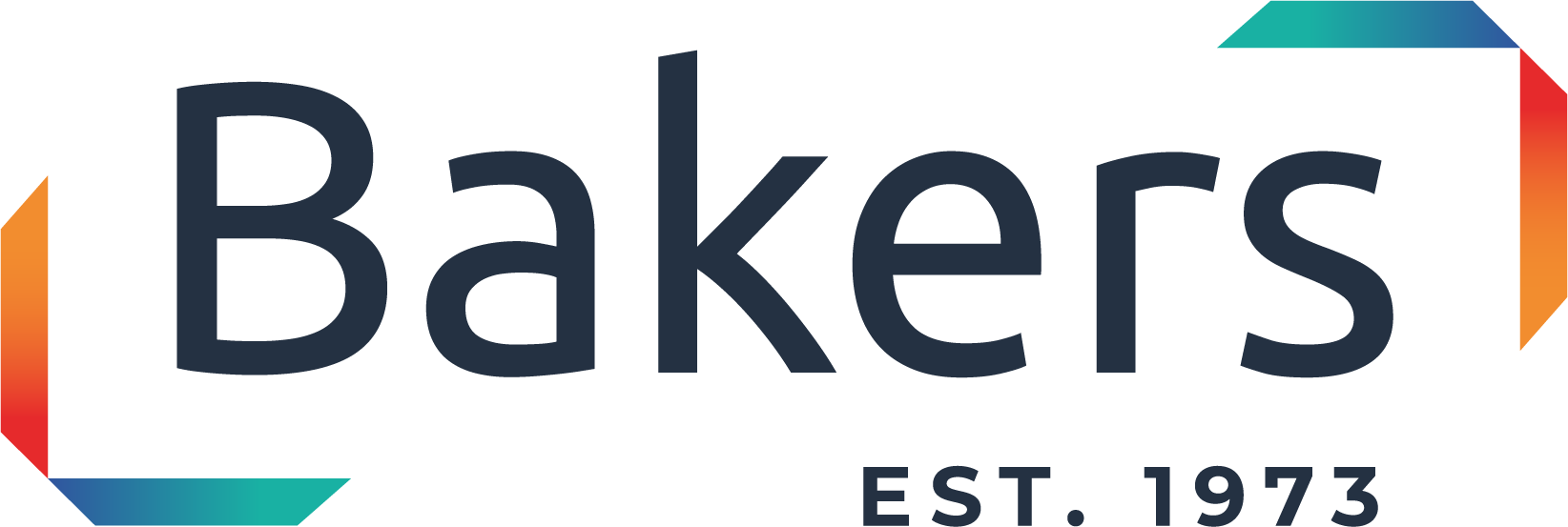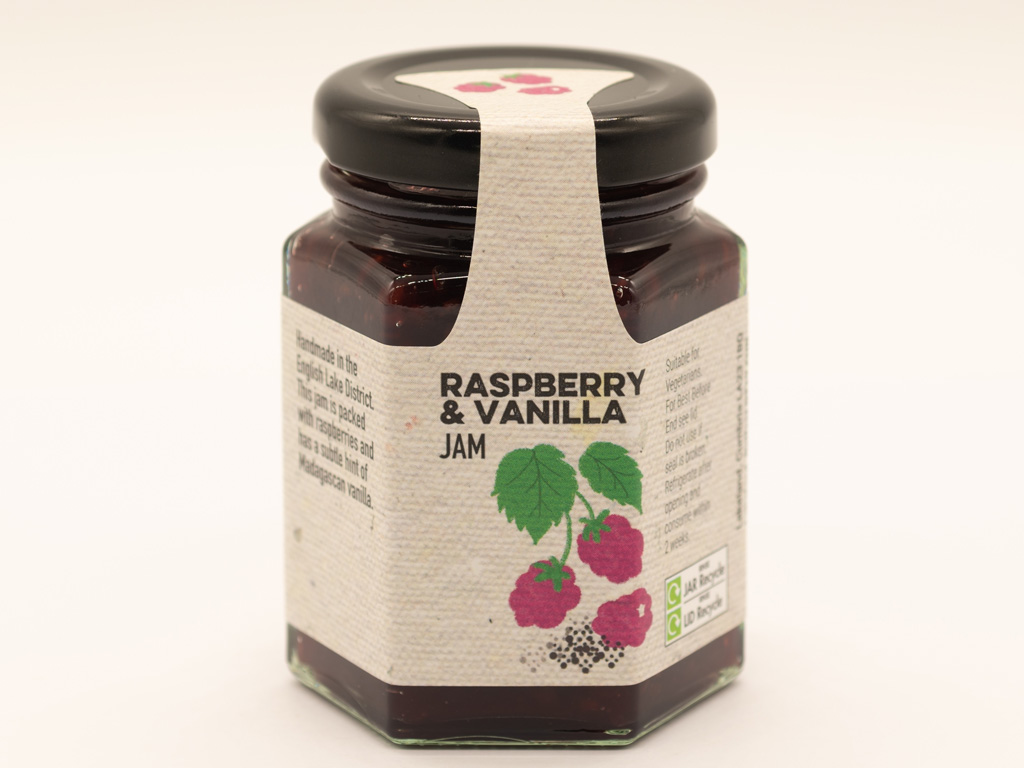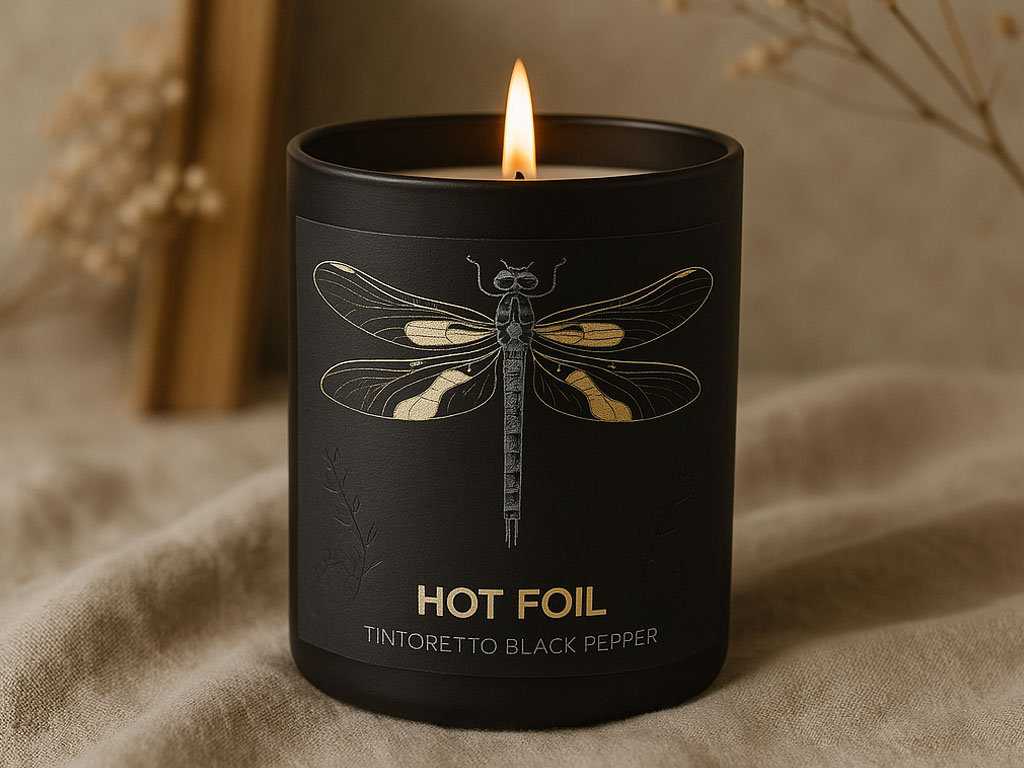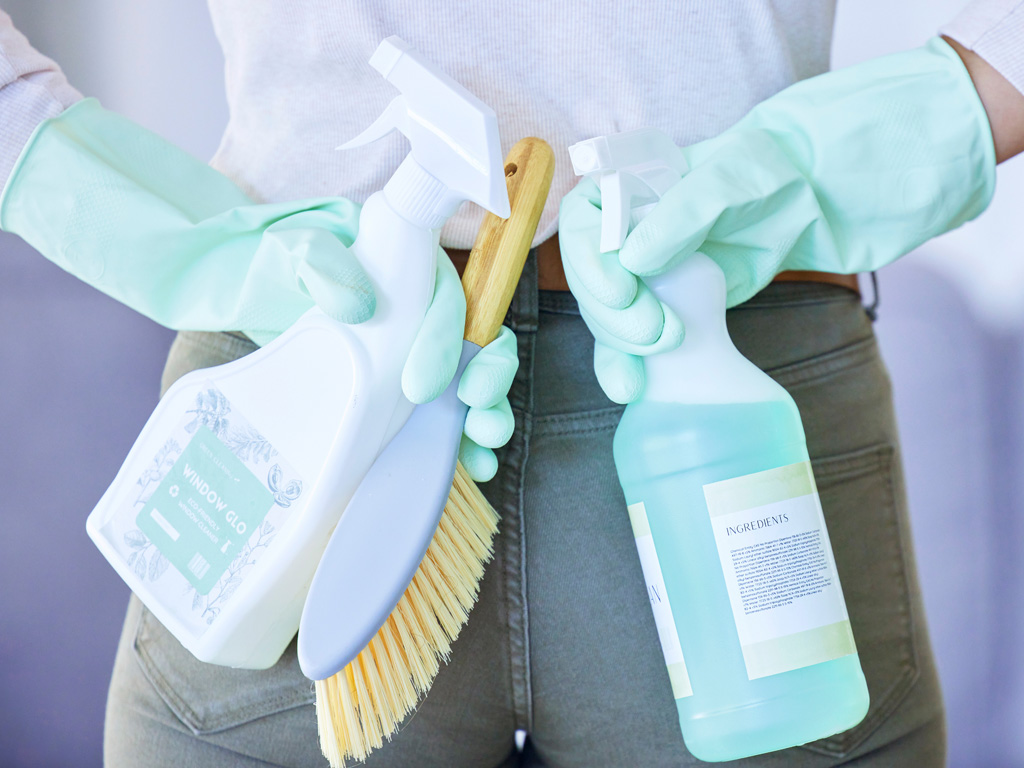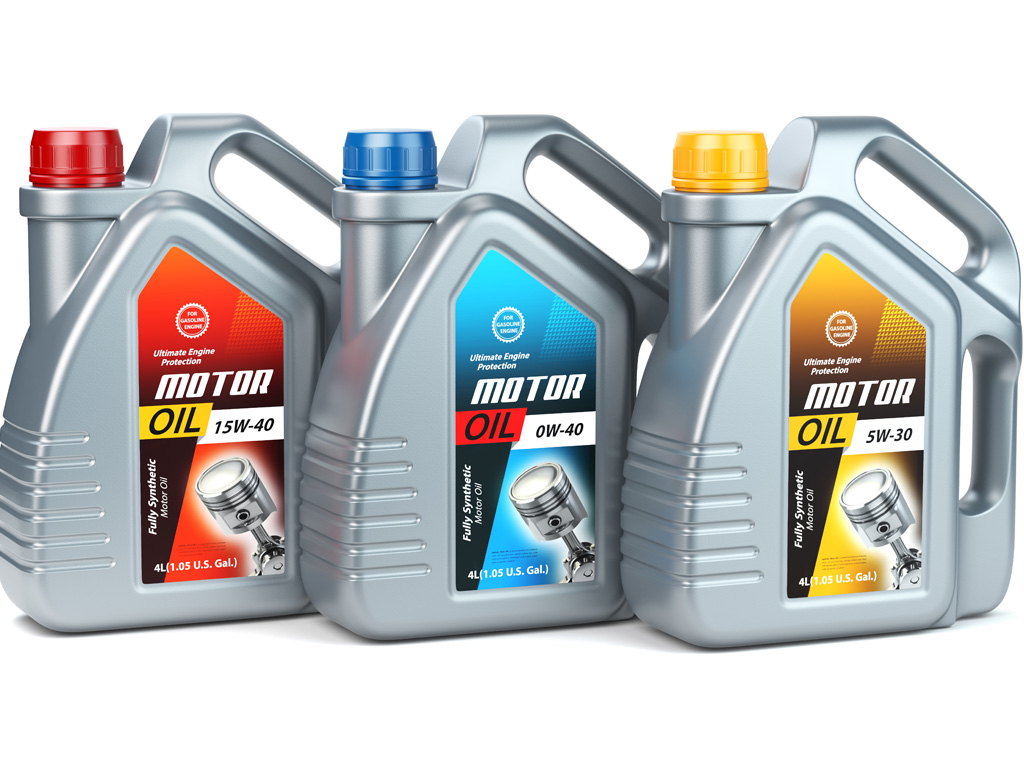Paper vs Synthetic Labels
Sometimes you just don’t know where to start when it comes to sticky labels. One of the questions you might ask is about the material the labels will be printed on and specifically if you want a paper based or a sythetic based label. But what does that even mean? This blog outlines the basics.
When it comes to self-adhesive labels, it’s not just about aesthetics or cost – it’s about performance, perception and purpose. Should you go for paper labels, with their natural, tactile finish? Or do synthetic labels, known for durability and clarity, better suit your product?
At Bakers, we produce millions of labels each week using both paper and synthetic label materials, tailored to a wide range of industries and products. Here’s our breakdown to help you determine what are the best labels for packaging.
Paper Labels: Classic, Versatile and Tactile
Paper labels are the traditional choice, and with good reason. They’re cost effective, easy to print on, and available in a wide range of finishes and textures. Ideal for brands looking to communicate craft, heritage or simplicity, paper labels work brilliantly across food and drink, cosmetics and luxury packaging.
Benefits of Paper Labels
- Excellent print quality and strong colour vibrancy
- Wide range textures: smooth, matt, coated, uncoated or luxury tactile
- Cost-effective for short runs or limited edition products
- Works beautifully with finishes like hot foil, embossing and spot varnish
- Biodegradable and recyclable paper options are available
Considerations
- More vulnerable to moisture, oil and scuffing without protective laminate
- Can tear or degrade more quickly in humid or high-contact environments
- Not suited for long-term use or high-moisture environments
Synthetic Labels: Sleek, Durable and High-Performing
Synthetic labels – typically made from polypropylene (PP), polyethylene (PE), or polyester (PET) – arechampions of durability. Flexible, waterproof and scuff-resistant, they’re ideal for products that face moisture, chemicals, handling, or extreme temperatures. They suit health and beauty items, household cleaners, industrial equipment and squeezable or curved packaging.
Benefits of Synthetic Labels
- Highly durable and resistant to water, oil and tearing
- Smooth finish delivers high-resolution print and gloss
- Stands up to harsh environments like bathrooms, kitchens and outdoors
- Compatible with premium finishes like cold foil and high build gloss varnish
- Flexible for curved or squeezable surfaces
Considerations
- Generally more expensive than paper
- May not suit brands seeking a natural or handmade feel
- Recyclability depends on material type and compatability with packaging
Embellishments and Finishes: What Works Best on Each Material?
Both paper and synthetic materials can be elevated with premium finishes, but with subtle differences:
Finish |
Best with Paper |
Best with Synthetic |
| Embossing/Debossing | Uncoated, thick papers | Limited Application |
| Hot Foil | Excellent for fine detail | Works well with most synthetics |
| Cold Foil | Can lift on textured papers | Ideal for smooth film materials & coated papers |
| Spot / Silkscreen Varnish | Adds contrast on matt papers | Enhances shine and definition |
Embossing / Debossing
Perfect for uncoated, textured papers. Embossing offers a raised, tactile luxury finish, while debossing delivers a subtler branded effect.
Limited applicaton on synthetic substrates
Hot Foil
Hot Foil is best for intricate detailing, particularly on paper stocks.
Can also work well with coated synthetic materials
Cold Foil
Ideal for smooth film materials or matt-coated paper
Can lift on textured papers X
Spot / Silkscreen Varnish
A gloss varnish helps smooth, synthetic labels pop, enhancing shine and definition.
A matt varnish can enhance texture and add contrast on paper.
Our ABG Digicon capabilities allow for thick, silkscreen varnishes- ideal for braille or tactile design features.
Tip: If your label needs to feel as good as it looks, textured paper + foil or embossing is a winning combo. Read our Secrets Behind High End Label Production
Texture and Appearance: Making the Right Impression
A label is more than something to read, it’s something to feel. Texture can influence perception at the point of purchase, especially for premium or gift-led products.
Paper = Craft, heritage, sustainability
Plastic = Sleek, modern, durable
Paper labels offer a broader sensory range, from soft-touch uncoated papers to heavily textured stocks that add authenticity and tactile interest.
Synthetic labels offer a sleek, polished finish with high clarity- favoured for modern, clinical, or high-tech brand aesthetics.
The material you choose should reflect your brand values and appeal to your target market. A craft gin bottle will tell a different story with a textured cotton paper than a glossy synthetic label.
Sustainability: It's Not Just Paper vs Plastic
It’s easy to assume paper is the more sustainable choice- but that’s not always true. Sustainability depends on the full lifecycle of the label, from production and transport to how it’s disposed of.
Paper labels are available in biodegradable and recycled options, and they generally have a lower carbon footprint. But synthetic labels, particularly PP and PE, can be recycled when used with compatible packaging. They’re also thinner and lighter, which can reduce overall material use and transport emissions.
Paper |
Synthetic |
| FSC-certified options available | Certain PP and PE films are recyclable |
| Biodegradable & Compostable options | Thinner films use less material, reducing shipping weight |
| Typically lower carbon footprint | Better suited for refillable or reusable packaging |
In short, sustainability isn’t just about choosing paper over plastic- it’s about choosing label materials that are right for your job, considering how it will be used and disposed of. Read more about sustainable labels
So... Paper or Synthetic
Choosing the right label materials comes down to your product, your brand and the conditions the label needs to endure. If you’re working on a packaging project and are unsure on what are the best labels for packaging, we can help.
Here’s a quick guide based on application:
Application |
Recommended Material |
| Artisan food, wine, craft beer | Paper |
| Health & Beauty (wet use) | Synthetic |
| Outdoor tools or equipment | Synthetic |
| Luxury branding & gifting | Textured paper |
| Recyclable packaging systems | Depends on container compatibility |
Let’s Get It Right – Together
Every product is different — and so is every label. Our team at Bakers is here to guide you through material selection, embellishment options and sustainability considerations to ensure your labels perform and impress.
Get In Touch
With the team to find the best material for your next print project
